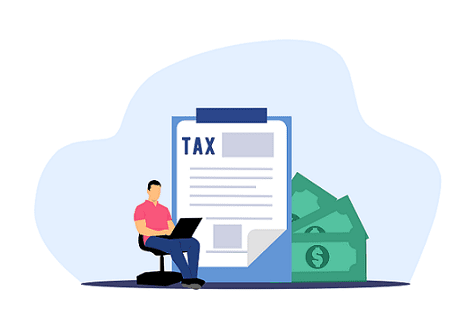
Opportunities for Tax Free Gains in Small Companies?
Have you heard of Qualified Small Business Stock (QSBS)? The name suggests it might not only warrant the attention of small business owners, but QSBS is also very relevant to private equity investing in smaller companies.
Knowledgeable private equity managers are keenly aware of the potential benefits of investing in businesses that have a QSBS structure. During a recent meeting, a manager told us she had just sold a company that qualified for a tax-free gain because of its QSBS structure. The manager added that taxable investors in its fund had expressed gratitude for the combination of a good investment outcome and the manager’s thoughtful structuring of the investment.
QSBS was introduced in 1993 to encourage investment in small businesses. Under section 1202 of the tax code, qualified small business stock that meets certain criteria may allow individuals, trusts, and partnerships to avoid paying taxes on gains from a sale of the stock. Until 2010, a portion of QSBS gains were still taxable. In 2010, Congress made QSBS 100% tax-free from federal income tax up to a $10 million cap, or 10 times cost basis, per taxpayer. Many states even conform to QSBS rules with gains potentially exempt from state income taxes as well.
There are other requirements. For example, the company must be structured as a C corporation and have $50 million or less in gross assets at the time of issuing stock. Stock must also be held for five years or longer. Certain types of businesses, such as professional services, cannot qualify.
Not every private equity-backed company meets the QSBS criteria, but we are increasingly hearing private equity managers communicate knowledgeably about QSBS. Over the past couple of years, we have seen QSBS gains start to appear on private equity fund K-1s, typically as a small percentage of gains reported.
There are reasons for the recent increase in utilization of QSBS. The 2018 reduction in the corporate tax rate for C corporations from 35% to 21% is a main driver. Deals structured since 2018 began reaching the five-year holding requirement last year.
One intriguing dimension is the segments of PE that QSBS favors. These include venture-backed companies without significant assets and lower middle-market companies that distribute or produce tangible products with the potential for meaningful value creation. Often still founder owned, these companies are generally investable at a meaningful discount to their publicly traded counterparts. Through our many relationships with PE firms in the lower middle market, we have observed this segment generating repeatable returns. The opportunity created by QSBS only strengthens the appeal.
For the fortunate investors who receive a K-1 with QSBS gain, we encourage a close review and discussion with your CPA. We have been advised by CPAs that attentiveness to footnotes and all K-1 attachments may be essential for capturing the full benefit.
Cam Simonds

